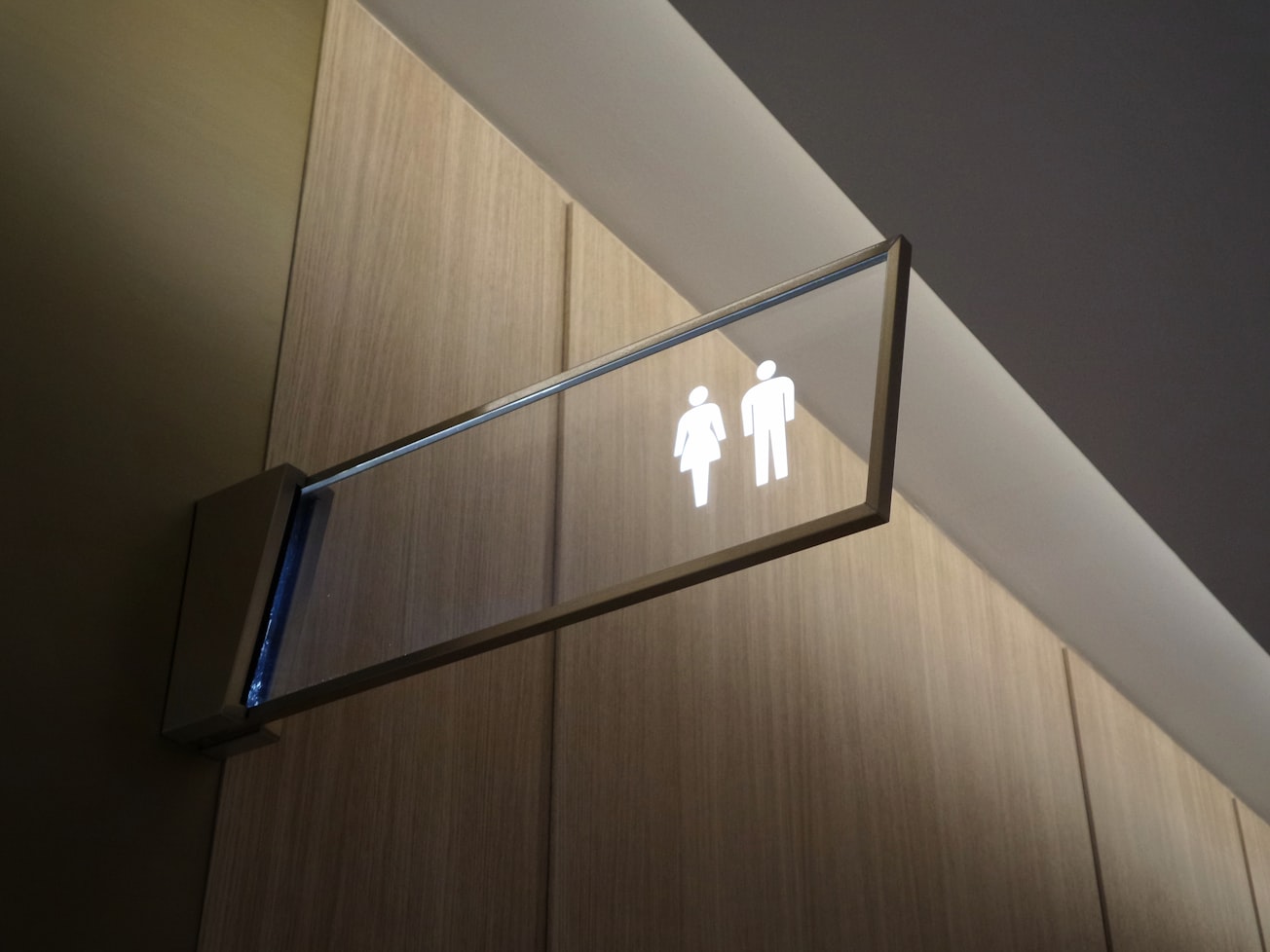What is it about?
Background For a range of reasons, some people are unable to empty their bladders properly or leak urine (urinary incontinence). Urinary catheters, which are soft tubes inserted into the bladder to drain urine to a collection bag, are often used to help people with urinary incontinence. The same type of catheter is used for men and women. In the UK, about 4% of people receiving home care, and around 9% of patients in nursing homes (but possibly up to 40% in some places), are living with long-term catheters. Urinary catheter care can be difficult, and problems can occur, especially if used for a long time. Catheter blockages can occur when kept in place in the bladder for a long time. Blockages may affect half of all people with long-term catheters causing pain and distress. Liquid solutions may be injected into the catheter to prevent or relieve blockages. This is known as a washout. These problems mean that assistance from healthcare professionals is needed for people with urinary catheter blockages. Search date The evidence is current up to 23 May 2016. Study characteristics We included seven studies that presented information on 217 people who completed the studies of 349 who started in the trials. Two studies were new for this update. The studies, published between 1979 and 2014, were conducted in the USA (3 studies), the UK (2 studies), and one each in Canada and Finland. The studies included people with long-term catheters. People were allocated randomly to have catheter washouts or not, and the effects compared. We also included studies that compared different types of washout solutions. Four studies reported on possible harmful effects of washout use, such as blood in the washout solution, changes in blood pressure and bladder spasms. Study funding sources The included studies were funded by Novobay Pharmaceuticals Inc (Linsenmeyer 2014); Alberta Heritage Foundation for Medical Research and the Canadian Nurses Foundation (Moore 2009); National institute of Aging, National Institutes of Health (Muncie 1989); Paralyzed Veterans of America Spinal Cord Research Foundation (Waites 2006). Three studies did not report funding sources. Key results There was not enough good research evidence to determine if catheter washouts were useful. Quality of the evidence The included trials were generally small with methodological flaws. This included limited details on how participants were randomly allocated into groups and how both participants and researchers were blinded to these groups. Evidence quality was low to very low. New trials are needed to definitively answer this research question.
Featured Image

Photo by Possessed Photography on Unsplash
Why is it important?
There is no consensus regarding the indications for use of catheter washouts nor the method of administration, frequency, duration of administration or choice of solution. The wide variety of solutions available, combined with the multiplicity of possible procedures for their application, and potential risks posed, indicated need for an update of this systematic review. We aimed to summarise the evidence from randomised controlled trials on the use of catheter washouts for the management of adults with long-term indwelling urinary catheters.
Perspectives
This is the most up to date review of publications in this largely under researched area of care.
Dr Ashley J Shepherd
University of Stirling
Read the Original
This page is a summary of: Washout policies in long-term indwelling urinary catheterisation in adults, Cochrane Database of Systematic Reviews, March 2017, Wiley,
DOI: 10.1002/14651858.cd004012.pub5.
You can read the full text:
Resources
Contributors
The following have contributed to this page







